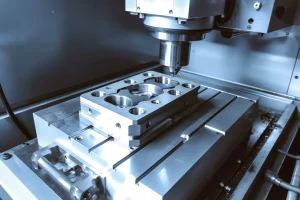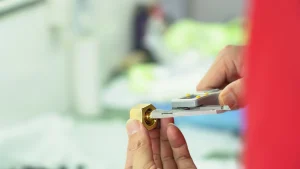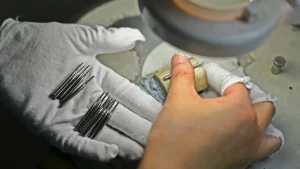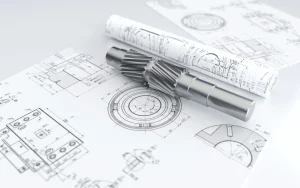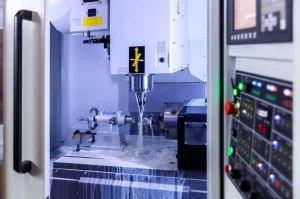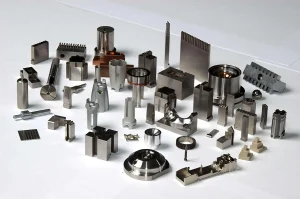CNC machining is a high-precision manufacturing technology, but it may also encounter some common machining defects. Understanding these defects and their causes can help manufacturers take corresponding preventive and remedial measures to ensure product quality and machining efficiency. This article will explore common defects in CNC machining, compare the advantages and disadvantages of different materials, and analyze their mechanical properties and differences.

1. Overcutting of workpiece
Reason:
The tool is not strong enough or too long, causing the tool to bounce.
Uneven cutting allowance.
Improper cutting parameters, such as too large tolerance or too fast cutting speed setting.
Improvement measures:
Choose a tool of appropriate size and length, and avoid too long or too small tools.
Ensure uniform cutting allowance, especially at the junction of different geometric features.
Adjust cutting parameters appropriately, such as reducing cutting speed or reducing tolerance.
2. Centering problem
Reason:
The operator’s manual operation is inaccurate.
There are burrs around the mold or the centering rod is magnetic.
Improvement measures:
The operator should check carefully and repeat the centering operation.
Remove burrs around the mold and ensure that the centering rod is non-magnetic.
3. Tool setting problem
Reason:
The operator’s manual operation is inaccurate.
The tool is clamped incorrectly or the blade is on the fly cutter incorrectly.
Improvement measures:
Carefully check the tool setting operation and ensure that it is performed at the same point.
Ensure that the tool is clamped correctly and the blade on the fly cutter is accurate.
4. Collision
Cause:
Safety height is not set enough or program is wrong.
Operator error, such as using the wrong tool or wrong program.
Improvement measures:
Ensure that the safety height is sufficient and the tool on the program sheet is consistent with the actual program.
Operators should strictly follow the program to avoid human errors.
5. Surface accuracy problem
Cause:
Irrational cutting parameters, such as improper speed feed setting.
Tool edge is not sharp or clamping is too long.
Improvement measures:
Reasonably set cutting parameters, such as reducing speed or adjusting feed.
Check tool sharpness regularly and avoid too long clamping.
6. Chipping and wear
Cause:
Feeding too fast or feeding too fast at the beginning of cutting.
Tool material is not suitable or cutting angle is not suitable.
Improvement measures:
Slow down the feed speed, especially at the beginning of cutting.
Select tool material and cutting angle that are more suitable for the material.
7. Destruction
Cause:
Feeding too fast or cutting amount is too large.
The tool is severely worn.
Improvement measures:
Slow down the feed speed and use a smaller amount of cutting per edge.
Replace worn tools in time.
Comparison of material selection
The selection of materials in CNC machining plays a vital role in the quality and performance of the finished product. Different materials have different mechanical properties and processing characteristics. For example, aluminum alloys have good mechanical properties and high machinability, but they have low hardness and are prone to chipping. Stainless steel has high strength and corrosion resistance, but it is difficult to process and causes greater wear on the tool. Plastic materials such as ABS and polycarbonate (PC) are widely used due to their versatility, low cost and ease of processing, but their strength and heat resistance are limited.
When selecting CNC machining materials, factors such as the material’s mechanical properties, machinability, surface finish, cost and availability need to be considered. By evaluating these factors, manufacturers can choose the most suitable material for a specific application to achieve the best processing results and cost-effectiveness.

